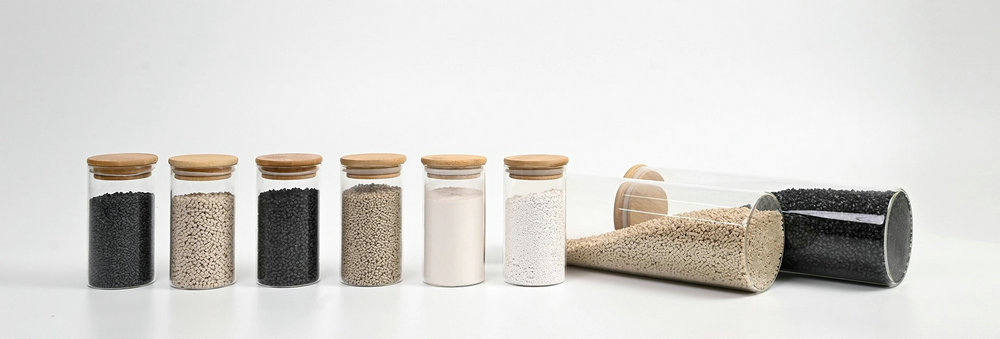
_______________________________________________________________________________________________________________________________________________________________________
In recent years, high-performance engineering plastics have become increasingly favored in the chemical industry due to their excellent properties and broad application range. Among them, PEEK (Polyether Ether Ketone) and PPS (Polyphenylene Sulfide) stand out with long-term service temperatures above 200°C, providing strong material support across industries.
Polyphenylene Sulfide (PPS), also known as poly(p-phenylene sulfide), is the most important and common member of the polyarylene sulfide (PAS) family. These polymers have alternating sulfur and aromatic ring structures in the main molecular chain.
Commercialized polyaryletherketones are mainly classified into three types: PEEK (Polyether Ether Ketone), PEKK (Polyether Ketone Ketone), and PEK (Polyether Ketone).
With continuous technological advancement, the use of engineering plastics has expanded from military and aerospace sectors to civilian industries, including automotive, equipment manufacturing, and high-end consumer goods.
Both PEEK and PPS exhibit properties typical of crystalline thermoplastics such as excellent dimensional stability, chemical resistance, UL94 V-0 flame retardancy, and outstanding electrical insulation.
Electronics:
Used in high-voltage components, housings, sockets, connectors in TVs and computers; motor start coils, blades, brush holders, rotor insulation parts, switches, relays, irons, hair dryers, lamp holders, heaters, and F-class films.
Automotive:
Applicable in exhaust gas recirculation valves, pump impellers, carburetors, exhaust systems, adjustment valves, light reflectors, bearings, and sensors.
Machinery:
Used in bearings, pumps, valves, pistons, precision gears, copier and camera components, computers, conduits, nozzles, and instrument parts.
Chemical Industry:
Used to manufacture acid/alkali-resistant valves, pipelines, fittings, gaskets, submersible pump parts, and impellers.
Engineering Plastics:
Used in automotive components, anti-corrosion coatings, and electrical insulation.
Environmental Applications:
PPS fiber filter materials are widely used under harsh high-temperature conditions in industries such as metallurgy, chemical, building materials, thermal power, incineration, and coal-fired boilers.
Food Service:
Used for chopsticks, spoons, bowls, and plates.
Aerospace:
Ideal for machining high-precision aircraft components. Due to its hydrolysis resistance, corrosion resistance, and flame retardancy, it is used in both internal and external aircraft parts as well as rocket engine components.
Automotive:
PEEK replaces metals like stainless steel and titanium in engine covers, bearings, seals, and brake pads thanks to its excellent wear resistance.
Industrial:
Used in compressor valve plates, piston rings, and seals due to its strength, high-temperature resistance, wear resistance, and pressure resistance.
Medical:
Withstands 3,000 autoclave cycles at 134°C, making it suitable for surgical and dental tools. Its resistance to hydrolysis and creep, combined with its non-toxicity, lightweight, and similarity to human bone, makes it ideal for orthopedic implants.
Electrical Insulation:
PEEK maintains excellent electrical properties in extreme conditions, making it an ideal insulation material, especially in the semiconductor industry.
Modified PEEK:
Can be reinforced with glass fiber or carbon fiber. Types include:
Carbon fiber reinforced conductive PEEK
Mineral filled PEEK
Glass fiber reinforced PEEK
Despite its superior performance, PEEK’s high cost limits its use in some fields. To improve its properties and reduce costs, PEEK can be blended, filled, or chemically modified:
Blending with other polymers for improved mechanical and flame-retardant properties
Blending with PTFE for outstanding wear resistance
Reinforcing with carbon fiber for enhanced hardness, rigidity, and dimensional stability
PEEK: Superior in strength, toughness, and temperature resistance. Withstands ~50°C more than PPS, making it ideal for high-strength, high-temperature applications.
PPS: More cost-effective and easier to process, giving it broader commercial appeal and faster global growth in production capacity.